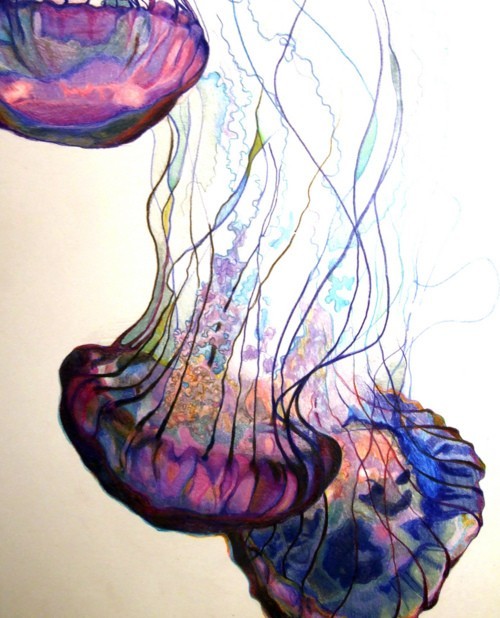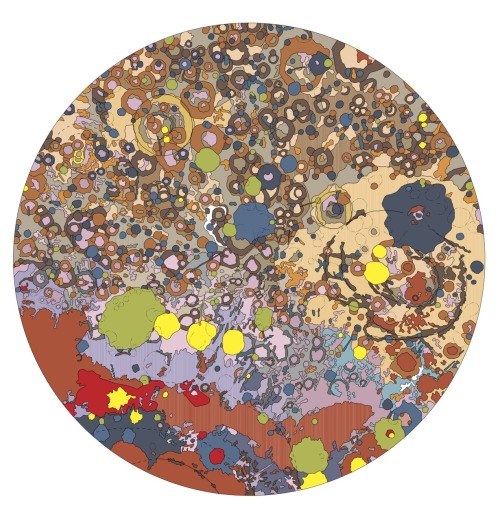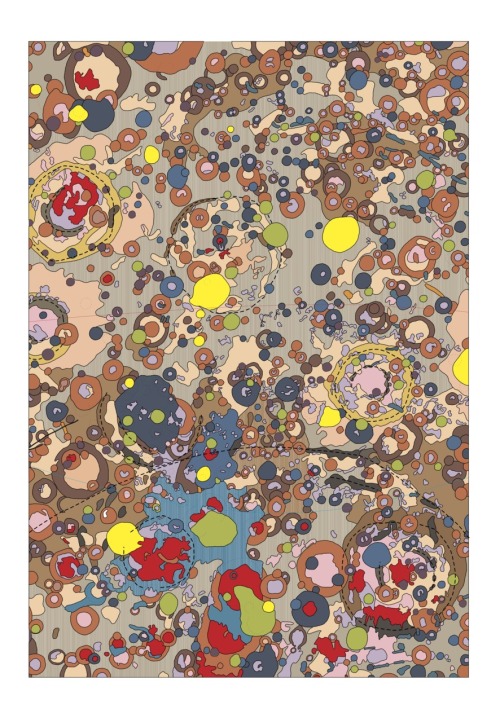Some Amazing Photos Of Our Wonderful World
 |
| Courtesy Fermilab |
 |
| Highest resolution photo of the earth Jan 2012 Courtesy NASA |
 |
| Image - Habitable planets with short window for life to develop. The red star destroys obliquity and therefore seasons. Courtesy David Arguilar |
 |
| Wonders of the sea urchins Via Tumblr |
 |
| A puzzle |
 |
| A second puzzle |
These two are actually topographical maps of the moon created by NASA and the USA Geological Survey. Amazing to have this much detail on a place so very far away.
 |
| The Milky Way Galaxy |
Apparently the Milky Way Galaxy may contain 160 billion planets!!!
Great way to start the day, thank you.
ReplyDeleteI particularly like the sea urchins
ReplyDeleteit truelly is a wonderful world xx
ReplyDeleteThey are all works of art. The sea urchins are my favourite. Annabellouise
ReplyDeleteLovely images - the atomic particles pic is amazing!
ReplyDeleteCool! Love the sea urchins. Thanks for sharing. :-)
ReplyDelete